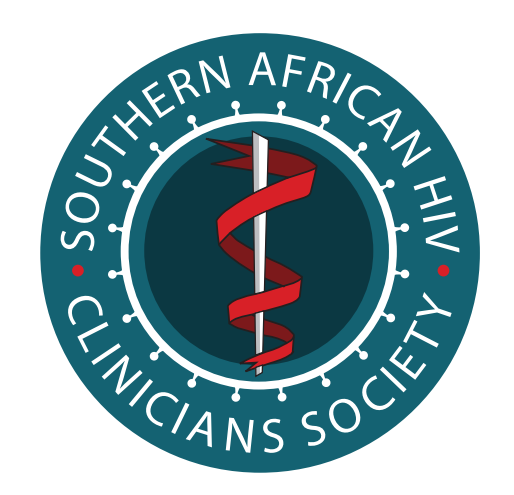Original Research
Computational models as predictors of HIV treatment outcomes for the Phidisa cohort in South Africa
Submitted: 12 November 2015 | Published: 30 June 2016
About the author(s)
Andrew Revell, The HIV Resistance Response Database Initiative (RDI), London, United KingdomPaul Khabo, Project PHIDISA, South African Military Health Service (SAMHS), Lyttelton, South Africa
Lotty Ledwaba, Project PHIDISA, South African National Defence Force (SANDF), Lyttelton, South Africa
Sean Emery, Kirby Institute, University of New South Wales, Sydney, Australia
Dechao Wang, The HIV Resistance Response Database Initiative (RDI), London, United Kingdom
Robin Wood, The Desmond Tutu HIV Centre, University of Cape Town, South Africa
Carl Morrow, The Desmond Tutu HIV Centre, University of Cape Town, South Africa
Hugo Tempelman, Ndlovu Care Group, Elandsdoorn, South Africa
Raph L. Hamers, Academic Medical Center of the University of Amsterdam, Amsterdam, Netherlands
Peter Reiss, Academic Medical Center of the University of Amsterdam, Amsterdam, the Netherlands; Stichting HIV Monitoring, Amsterdam the Netherlands
Ard van Sighem, Stichting HIV Monitoring, Amsterdam, Netherlands
Anton Pozniak, Chelsea and Westminster Hospital, London, United Kingdom
Julio Montaner, BC Centre for Excellence in HIV/AIDS, Vancouver, Canada
H. Clifford Lane, National Institute of Allergy and Infectious Diseases, Bethesda, United States
Brendan Larder, The HIV Resistance Response Database Initiative (RDI), London, United Kingdom
Abstract
Background: Selecting the optimal combination of HIV drugs for an individual in resourcelimited settings is challenging because of the limited availability of drugs and genotyping.
Objective: The evaluation as a potential treatment support tool of computational models that predict response to therapy without a genotype, using cases from the Phidisa cohort in South Africa.
Methods: Cases from Phidisa of treatment change following failure were identified that had the following data available: baseline CD4 count and viral load, details of failing and previous antiretroviral drugs, drugs in new regimen and time to follow-up. The HIV Resistance Response Database Initiative’s (RDI’s) models used these data to predict the probability of a viral load < 50 copies/mL at follow-up. The models were also used to identify effective alternative combinations of three locally available drugs.
Results: The models achieved accuracy (area under the receiver–operator characteristic curve) of 0.72 when predicting response to therapy, which is less accurate than for an independent global test set (0.80) but at least comparable to that of genotyping with rules-based interpretation. The models were able to identify alternative locally available three-drug regimens that were predicted to be effective in 69% of all cases and 62% of those whose new treatment failed in the clinic.
Conclusion: The predictive accuracy of the models for these South African patients together with the results of previous studies suggest that the RDI’s models have the potential to optimise treatment selection and reduce virological failure in different patient populations, without the use of a genotype.
Keywords: HIV therapy; mathematical modelling; treatment; genotype
Keywords
Metrics
Total abstract views: 6201Total article views: 6706
Crossref Citations
1. AIDS Therapy Evaluation in the Netherlands (ATHENA) national observational HIV cohort: cohort profile
Tamara Sonia Boender, Colette Smit, Ard van Sighem, Daniela Bezemer, Catriona J Ester, Sima Zaheri, Ferdinand W N M Wit, Peter Reiss
BMJ Open vol: 8 issue: 9 first page: e022516 year: 2018
doi: 10.1136/bmjopen-2018-022516
